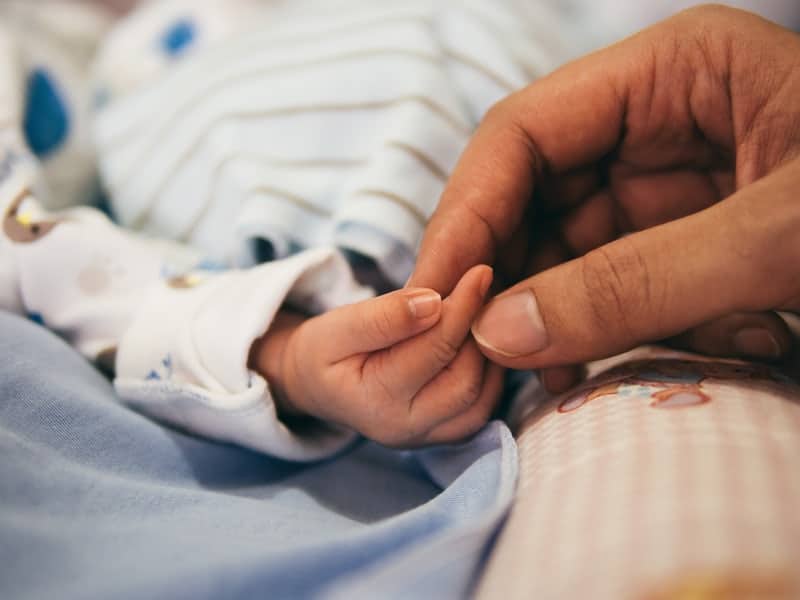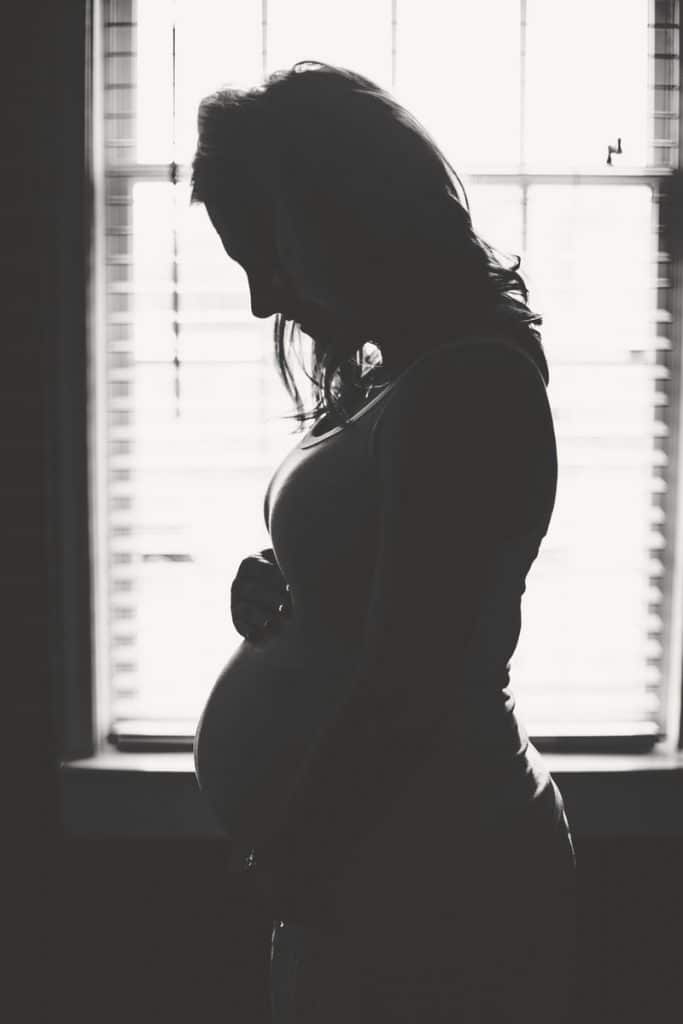Losing your pregnancy belly

You’ve just given birth! After 9 months of waiting and a remarkable labor for delivery, baby is finally here! You are at the height of happiness and you are right. On the other hand, there is one who is not happy at all and who is sulking, it’s our perineum… When the perineum is slack, the belly is pushed down and forward. My method The Belly Lab makes it possible to lose your pregnant belly. I’ll explain it all to you!
In order to understand the appearance of the little tummy, especially after childbirth, we need to explain how hyperpressions and downward thrusts are created, which affect not only the perineum but also, and above all, the belly. This is so important to me that I have made it my job and my fight.

Que se passe t-il pendant la grossesse ?
Imagine, your perineum has spent nine months trying to withstand the weight of the uterus and the baby. Then, it underwent maximum dilation for delivery. He was jostled all at once by the arrival of this baby, who weighed about 10 pounds. And the very next day, life had to resume its course. Our perineum must be ready to face everyday life as before and as if nothing had happened. It’s hard, hard when you know you’re not doing much to help it. It’s not the 6 mandatory perineal rehabilitation sessions that will really transform your life.
1- What happens during pregnancy?
Imagine, your perineum has spent nine months trying to withstand the weight of the uterus and the baby. Then, it underwent maximum dilation for delivery. He was jostled at once by the arrival of this baby weighing about 3 kg. And the very next day, life had to resume its course. Our perineum must be ready to face everyday life as before and as if nothing had happened. It’s hard, hard when you know you’re not doing much to help it. It’s not the 6 mandatory perineal rehabilitation sessions that will really transform your life.
2- After childbirth
Your abdominal muscles are completely relaxed due to the volume your stomach has taken up. I remind you that the belly is the only part of your body that can distend in this way. They can therefore no longer play their role of support at this stage! As a result, the viscera and organs push forward and down. Ouch… and that’s where the complications begin to regain a flat stomach, a wasp waist and good posture. You may be surprised at how your belly looks after your baby is born. You’ve just given birth but you still feel like you’re six months pregnant. Your belly is indeed flaccid and rounder.
Stop the slaughter! While the uterus is heavy, the ligaments distended, the abs too “spread out”, the perineum relaxed by hormones, the young mother is standing, her baby in her arms, in a very bad static – belly forward, shoulders backwards, slumped, rounded back, belly out. Watch out!
3- Losing your pregnancy belly, yes! But slowly and calmly
It takes time for your body, and especially your belly, to fully recover from pregnancy. Hormonal changes contribute to the shrinking of your belly. Allow about 4 weeks for your uterus to return to its original size. Patience is the watchword! It took nine months for your belly muscles to relax, welcome and deliver a baby. It may take the same amount of time to lose the pregnancy belly and regain some muscle tone.

4- The right daily gestures to lose your pregnancy belly
In parallel with any perineal rehabilitation, it is essential that every mother who has just given birth should be careful not to fall into the vicious circle of constipation – adopting the right positions in daily life, especially when carrying the baby – avoiding gravity and abdominal pressure. Last but not least, it will be necessary to choose the right way to work the abdominal strap, without doing any damage to the pelvic floor. The Belly Lab accompanies you from the very first weeks with simple and effective exercises to regain deep muscle tone. No need to wait for the return of diapers, just choose the best exercises adapted to your condition.
5- I suggest 15 minutes a day of TBL exercises: Why does it work?
The Belly Lab was inspired in part by the A.P.O.R (Posturo Respiratory Approach) method. It is another approach to the body schema that I propose to you very gently. This method aims to deeply strengthen your abdominal and perineal muscles without increasing the intra-abdominal pressure. This new approach applies to all people regardless of gender, age and level of the participant looking for preventive muscle toning.
